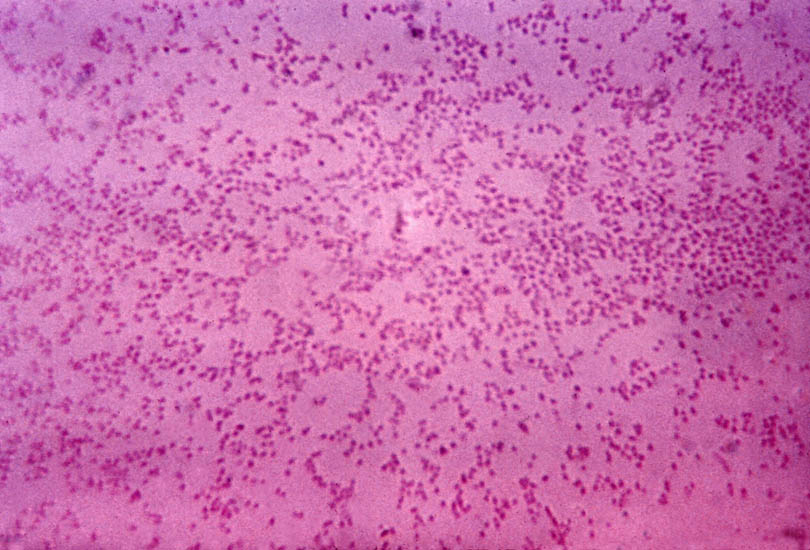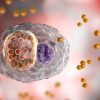
Can CRD Be Prevented in a Racing Loft?
Can CRD Be Prevented in a Racing Loft?
Chronic Respiratory Disease (CRD) poses a significant challenge for pigeon fanciers, especially those involved in racing. Without preventive care, CRD often becomes a recurring problem in racing teams, leading to decreased performance and increased mortality. However, with a proactive approach encompassing regular respiratory flushes, probiotics, seasonal respiratory vaccines (where applicable), and strict quarantine protocols, it’s possible to minimize the risk of CRD in your loft.
Understanding CRD in Racing Pigeons
CRD is a complex condition typically caused by a bacterial infection, most often Mycoplasma gallisepticum. However, it’s rarely a single-pathogen issue. CRD in pigeons is usually the result of co-infections involving viruses (like paramyxovirus), fungi (such as Aspergillus), or other bacteria (like E. coli or Pasteurella multocida). These pathogens compromise the immune system, making pigeons more susceptible to secondary infections.
The disease becomes “chronic” when it lingers or reoccurs, especially in pigeons under stress—during racing season, transport, or breeding. Symptoms include nasal discharge, sneezing, coughing, reduced flight performance, and lethargy.
The Importance of Prevention
Preventing CRD is more effective and economical than treating it. Once established, CRD can be challenging to eradicate completely due to its chronic nature and the potential for carrier states within the flock. Therefore, implementing preventive measures is crucial to maintaining a healthy and competitive racing team.
Key Preventive Strategies
1. Regular Respiratory Flushes
Routine respiratory flushes help clear the upper respiratory tract of mucus and debris, reducing the load of potential pathogens. These flushes can be administered using saline solutions or specialized products designed for pigeons. Regular flushing, especially before and after races, can help maintain respiratory health.
2. Probiotic Supplementation
Probiotics play a vital role in maintaining gut health, which is closely linked to the immune system. Stressful events like racing, molting, or antibiotic treatments can disrupt the gut microbiota, weakening the bird’s defenses. Supplementing with multi-strain avian-specific probiotics can help restore balance, enhance nutrient absorption, and bolster immunity.
3. Seasonal Respiratory Vaccination
Where applicable, vaccinating pigeons against common respiratory pathogens like paramyxovirus and herpesvirus can provide an added layer of protection. Consult with an avian veterinarian to develop a vaccination schedule tailored to your loft’s needs and regional disease prevalence.
4. Strict Quarantine Protocols
Introducing new birds to your loft poses a significant risk of disease transmission. Implement a strict quarantine period of at least 2–3 weeks for all new arrivals. During this time, monitor for signs of illness and consider prophylactic treatments or vaccinations as recommended by a veterinarian.
Additional Preventive Measures
Loft Hygiene and Ventilation
Maintaining a clean and well-ventilated loft is fundamental to preventing respiratory diseases. Regularly remove droppings, disinfect surfaces, and ensure adequate airflow to reduce the accumulation of ammonia and moisture, which can irritate the respiratory tract and promote pathogen growth.
Nutritional Support
A balanced diet rich in essential vitamins and minerals supports overall health and immune function. Pay particular attention to vitamins A, B-complex, and E, which are crucial for maintaining healthy mucous membranes and combating oxidative stress.
Stress Management
Stress weakens the immune system, making birds more susceptible to infections. Minimize stressors by avoiding overcrowding, providing consistent routines, and ensuring birds are not overexerted during training and racing.
Monitoring and Early Detection
Regularly observe your pigeons for early signs of respiratory distress, such as sneezing, nasal discharge, or changes in behavior. Early detection allows for prompt intervention, reducing the risk of widespread infection and long-term health consequences.
Conclusion
Preventing CRD in a racing loft requires a comprehensive and proactive approach. By implementing regular respiratory flushes, probiotic supplementation, appropriate vaccinations, and strict quarantine measures, you can significantly reduce the risk of CRD and maintain a healthy, high-performing racing team. Remember, consistent care and vigilance are your best tools in safeguarding your pigeons against chronic respiratory disease.


